SOURCE: AFI

The Military Engineering Services (MES) has partnered with MIDHANI (Mishra Dhatu Nigam Limited) to develop a bulletproof vehicle based on the Isuzu V-Cross platform. This high-end armored vehicle, designed for security and protection, is poised to set new standards in the Indian market.
The Isuzu D-Max V-Cross, a popular double-cab pickup truck in India, serves as the foundation for this armoured vehicle. The standard four-wheel drive system and robust construction make it an ideal platform for modifications. The base model is currently priced at ?19.68 lakh, and the top-of-the-line variant is available for ?23.74 lakh (on-road Delhi).
Continue readingSOURCE: IDRW.ORG.
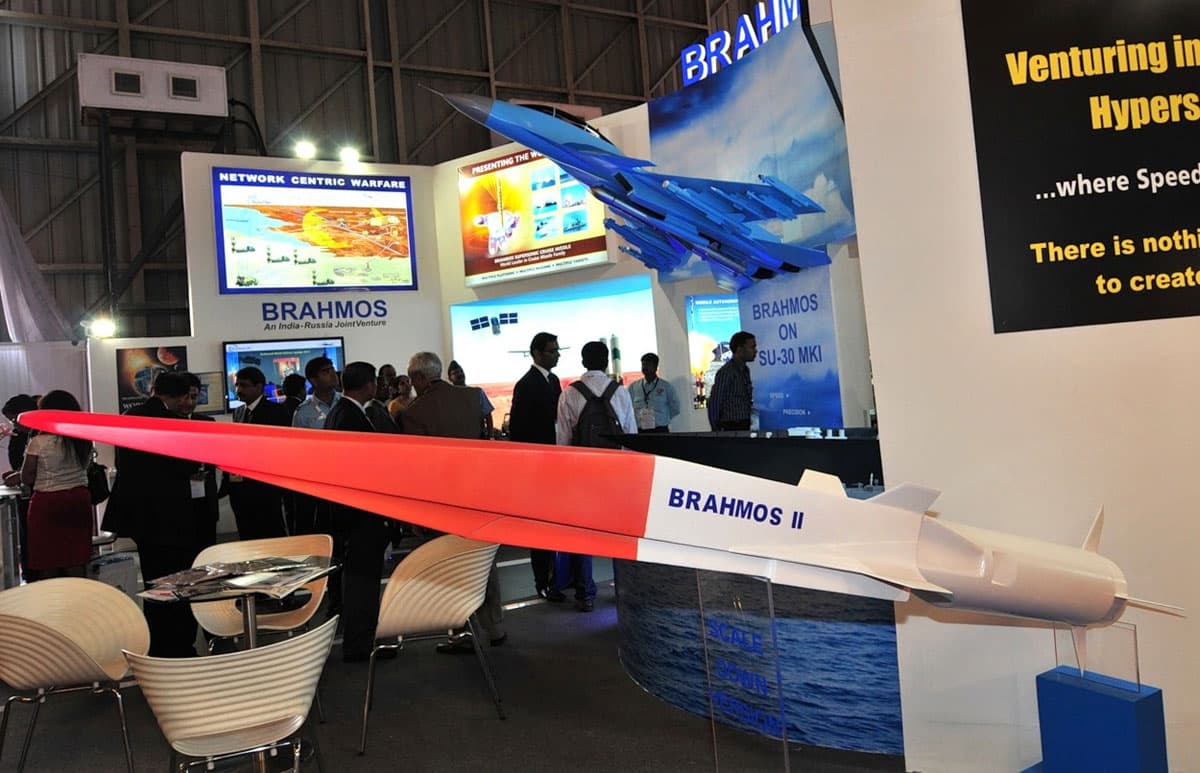
BrahMos Aerospace, the Indo-Russian joint venture, has unveiled an ambitious roadmap for the next generation of BrahMos missiles. The BrahMos-2K project promises to revolutionize cruise missile technology, surpassing the capabilities of the current BrahMos with significant advancements in speed and range.
BrahMos will be developed in two stages, each introducing a distinct speed variant. The first stage, targeted for completion by 2026, will see the BrahMos achieve near hypersonic speed of Mach 5. This initial version will utilize a next-generation ramjet engine, leveraging existing technology transfer from Russia. Informed sources suggest BrahMos has already conducted successful lab tests exceeding Mach 6.5. While final cruise speed might be capped just above Mach 5, officially classifying it as hypersonic, this initial BrahMos paves the way for a true hypersonic future.
Continue readingSOURCE: IDRW.ORG
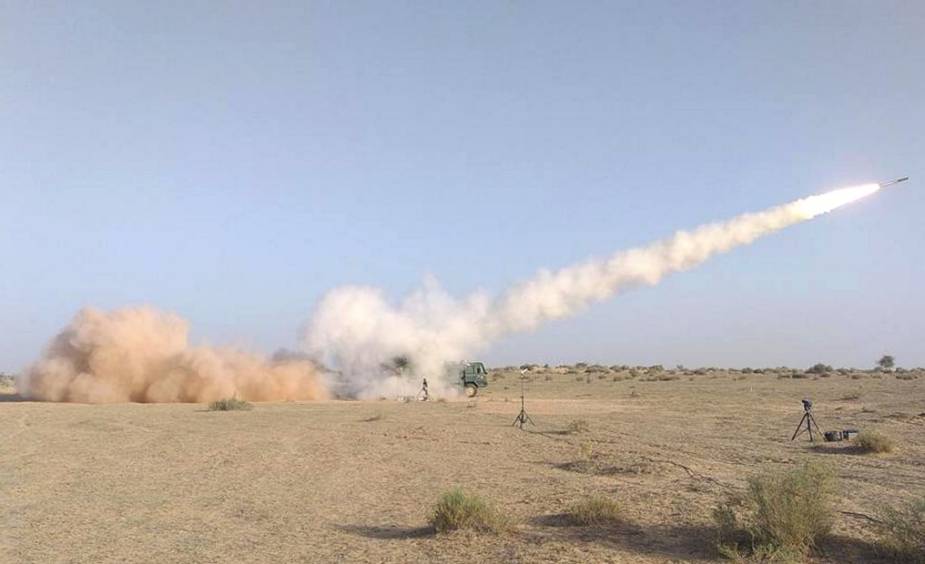
Lt. Gen. Adosh Kumar, Director General of Artillery in the Indian Army, has confirmed that the Army will begin trials for Area Denial Artillery Munitions (ADM) in 2025, marking a significant advancement in India’s artillery modernization efforts. The ADMs, developed by the Defence Research and Development Organisation (DRDO), are designed to enhance the Army’s capability to neutralize enemy tanks, armored vehicles, and personnel over a large area using advanced sub-munition technology.
Lt. Gen. Kumar, who has commanded an Artillery Division as part of a Strike Corps, highlighted the critical role ADMs will play in the Indian Army’s future battlefield strategy. These munitions, deployed through multi-barrel rocket systems (MBRS), will act as a powerful force multiplier, capable of dispersing bomblets across a wide area to disrupt and destroy enemy formations.
Continue readingSOURCE: AFI

Air Chief Marshal AP Singh, Chief of Air Staff (CAS), on Friday, emphasized the critical need for the Indian Air Force (IAF) to advance both the Multi Role Fighter Aircraft (MRFA) and Tejas MkII programs as part of its broader modernization strategy. Speaking at a press conference ahead of the IAF’s 92nd anniversary, Singh highlighted the importance of ensuring these programs stay on track to prevent any adverse impact on the IAF’s combat readiness.
The CAS noted that while the IAF is committed to inducting the indigenous Tejas MkII, which is set to enter production by 2028, the MRFA project is equally vital. The MRFA program, designed to acquire 114 multi-role fighter jets from global manufacturers, is intended to complement the Tejas MkII and fill the IAF’s capacity gaps.
Continue readingSOURCE: AFI
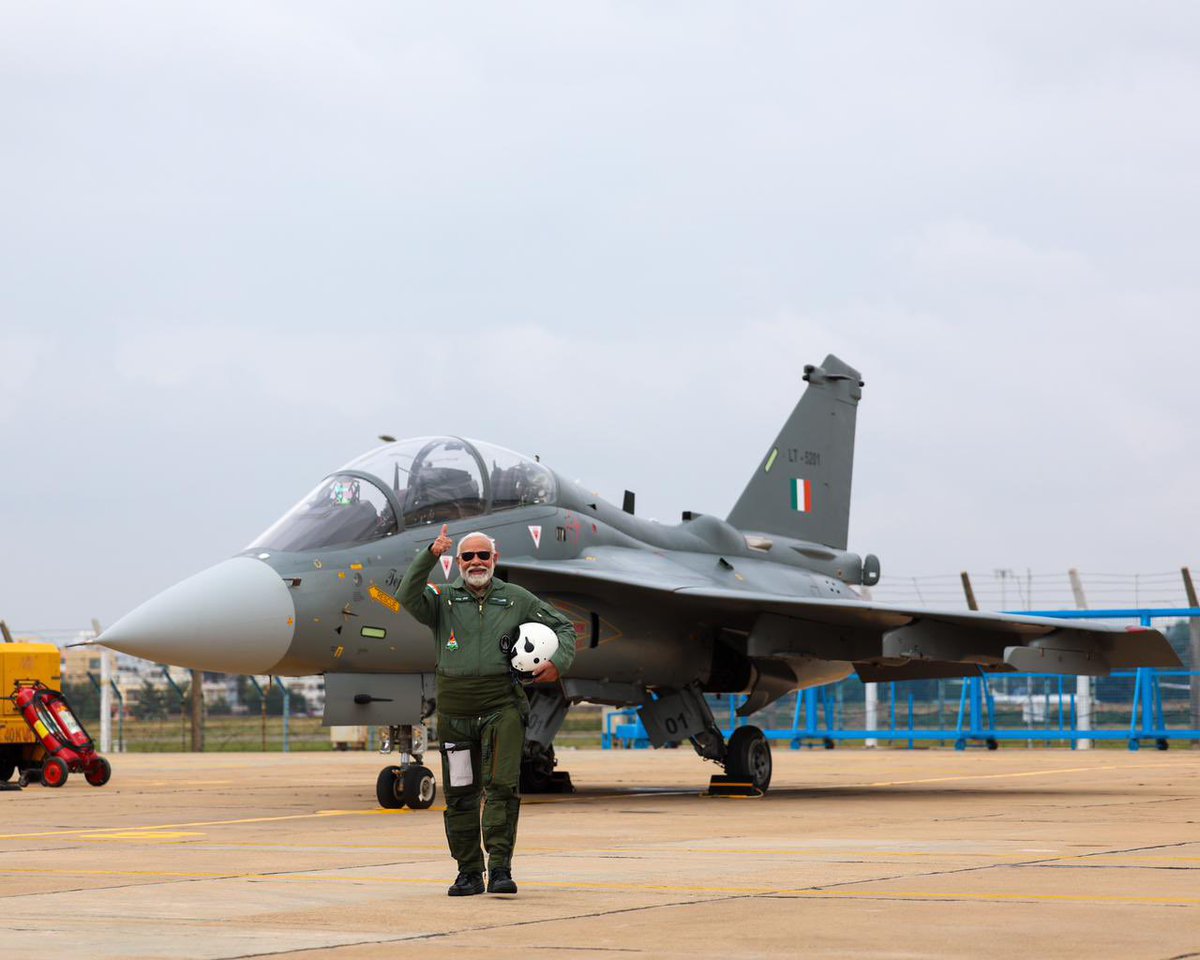
As Prime Minister Narendra Modi completes 11 years in office, the combat strength of the Indian Air Force (IAF) has reached an alarming low, with only 31 fighter squadrons in service including two Mig-21 Squadrons Such reduced squadron levels were last seen before the 1965 Indo-Pak war, a time when India’s air combat capabilities were significantly less advanced. While the IAF’s sanctioned strength stands at 42 squadrons, this target has not been met since 1996, when the IAF had 41 operational squadrons. Since then, successive governments have struggled to restore the numbers, and the Modi administration has been no exception.
Despite multiple procurement efforts and modernization drives, the IAF’s dwindling fighter fleet is a growing concern for national security, especially given the rising geopolitical tensions in the region. The Modi government’s inability to implement out-of-the-box solutions to replenish the IAF’s combat strength is increasingly seen as a failure in India’s defense strategy, with consequences that could weaken the country’s position in future conflicts.
Continue readingSOURCE: AFI

One of the most enduring mysteries in Indian aviation history remains the disappearance of an Indian Air Force (IAF) transport aircraft in the Indian Ocean. On March 25, 1986, a brand-new AN-32, purchased from the USSR, vanished without a trace while being ferried from Ukraine to India.
Wing Commander Ulliada Muddappa Bheemaiah and Wing Commander Emelian Augustin Fernandez were at the controls of the AN-32 (serial number K-2729) when it disappeared during the Muscat-Jamnagar leg of its flight. The aircraft was part of a trio of AN-32s being flown to India on that day.
Continue readingSOURCE: AFI
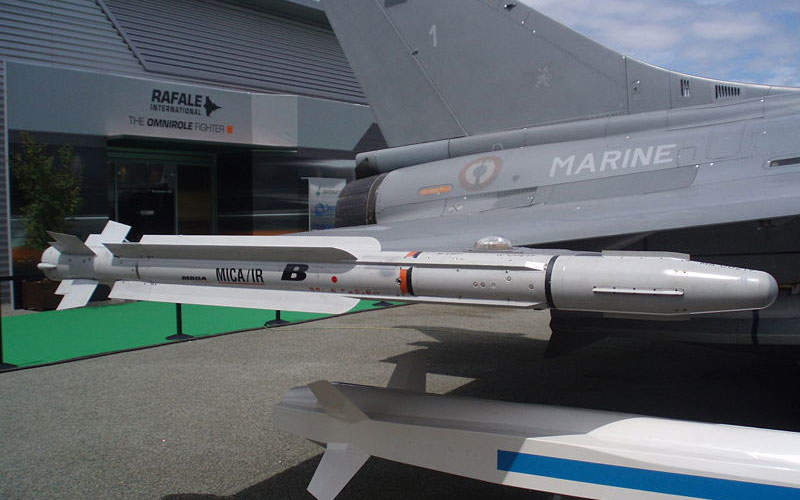
In a significant display of military capability, the Indian Air Force (IAF) successfully intercepted and destroyed a Chinese spy balloon-type target at a high altitude of over 55,000 feet. The incident occurred in the Eastern Air Command’s area of responsibility.
While the specific missile used to down the balloon was not officially disclosed, reports speculate that it was a MICA-IR air-to-air missile. The MICA IR is a versatile weapon designed for modern multi-role combat aircraft, including the Rafale and improved versions of the Mirage 2000-5.
Continue readingSOURCE: AFI

In an unusual development amidst rising tensions in West Asia, the Israeli Embassy in New Delhi has formally requested access to the Delhi Police’s shooting range for training its security personnel. Sources within the Delhi Police confirmed receipt of the request on September 23rd and stated it is currently under review. This marks the first instance of an embassy seeking permission to utilize this facility.
The Israeli Embassy’s letter, addressed to the security division of Delhi Police, requested the use of the shooting range for practice purposes. Following discussions among senior officers, the request was forwarded to Delhi Police headquarters for a final decision.
Continue readingSOURCE: RAUNAK KUNDE / NEWS BEAT / IDRW.ORG
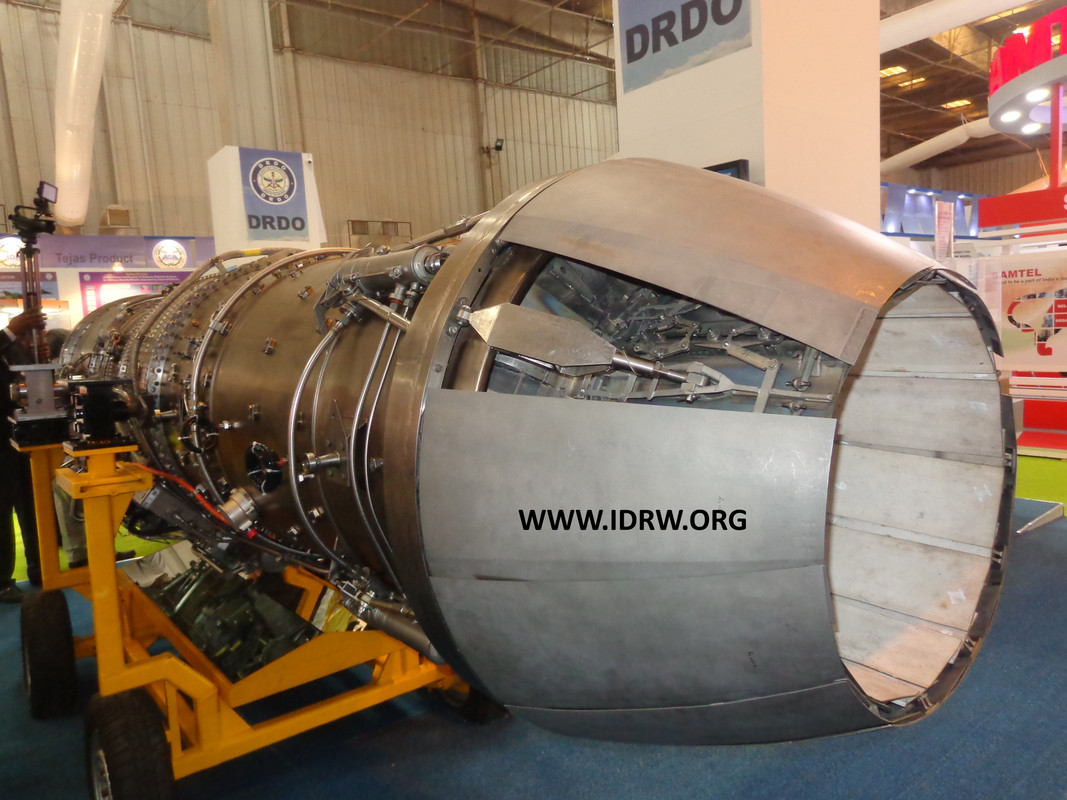
In a significant development, Indian Air Force (IAF) officials have raised concerns over the use of a single-engine LCA-Tejas aircraft as a Flying Test (FTB) for the upcoming Kaveri Afterburner variant, which is being developed by the Gas Turbine Research Establishment (GTRE). The IAF has advised GTRE to avoid testing the engine on older Trainer aircraft of the Tejas aircraft, as the engine is not yet certified for manned platforms.
According to sources familiar with the program told idrw.org, the IAF’s objection stems from the fact that the Kaveri Afterburner variant is still in the early stages of its limited flight testing phase, and using a single-engine aircraft like the Tejas for this purpose poses significant risks. IAF officials have recommended that the engine be tested either on a twin-engine platform, where one engine is a Kaveri and the other a stable, certified engine, or on an unmanned platform to minimize risks during the initial phases of testing.
Continue readingSOURCE: RAUNAK KUNDE / NEWS BEAT / IDRW.ORG
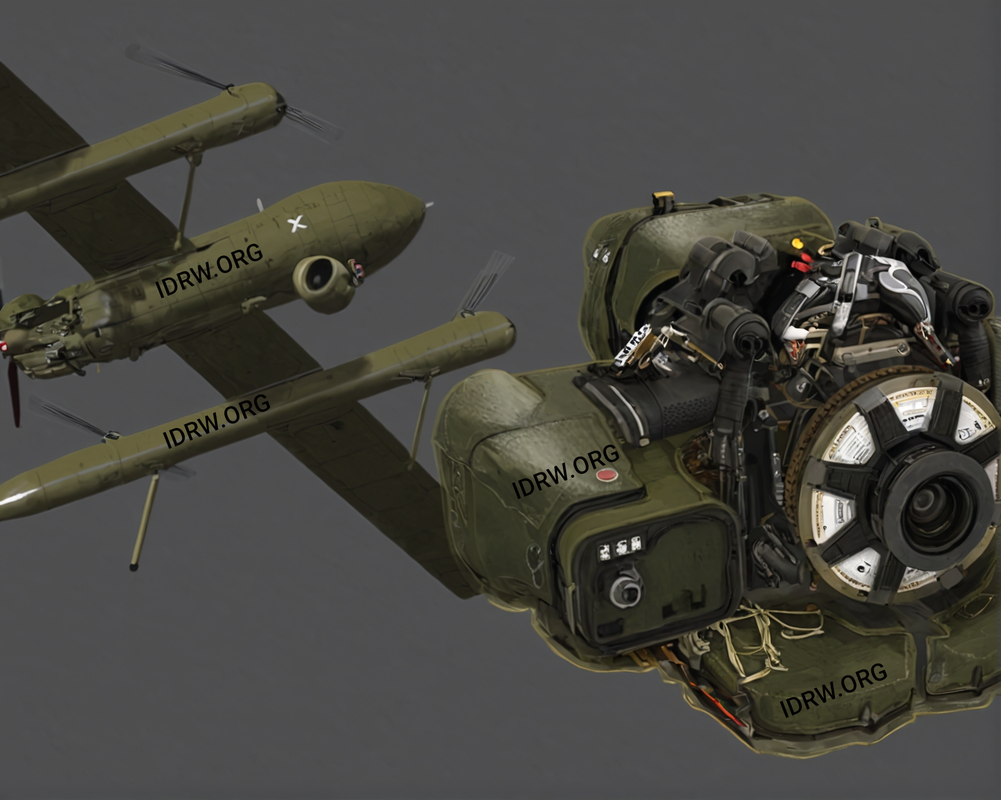
Bangalore-based Dynamatic Technologies Limited has entered into a partnership with Perth-based manufacturer Orbital UAV to acquire their Orbital 150cc Heavy Fuel Engine (HFE). This strategic move aims to power a long-endurance, low-altitude unmanned surveillance and reconnaissance aerial vehicle (UAV) being developed by Dynamatic Technologies.
The Orbital 150cc HFE is a compact and powerful engine capable of operating on various fuels, including gasoline, JP5, JP8, and JetA. Its versatility and efficiency make it an ideal choice for powering UAVs that require extended flight times.
Continue readingSOURCE: RAUNAK KUNDE / NEWS BEAT / IDRW.ORG
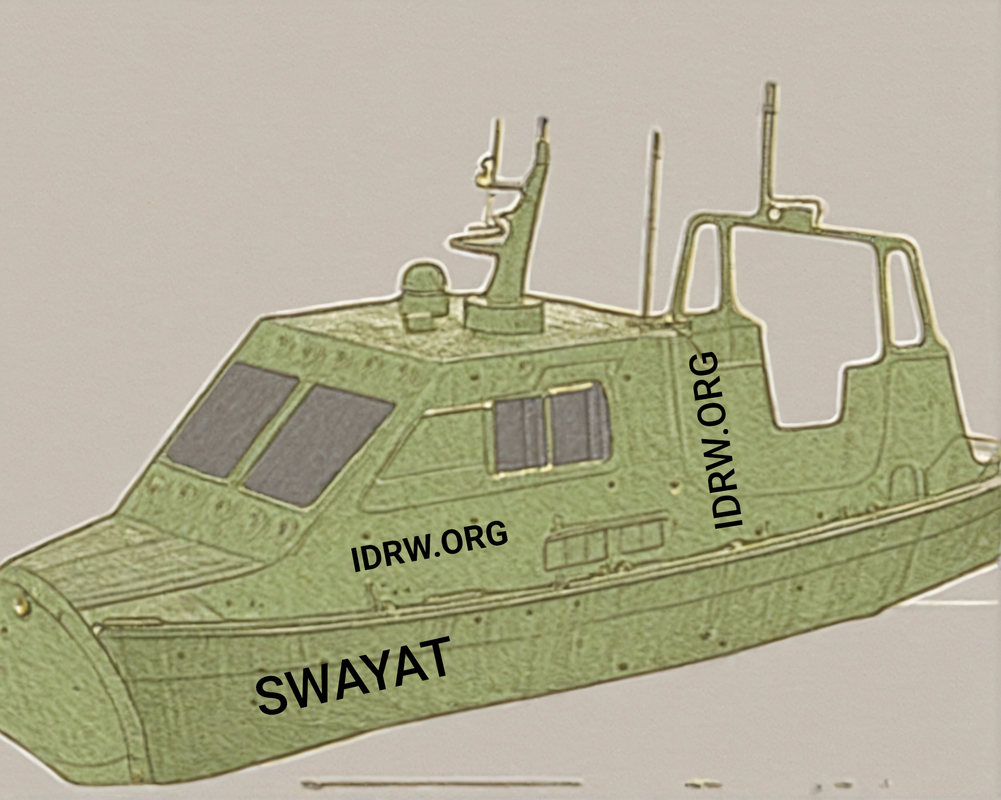
Cochin Shipyard Limited (CSL) has taken a significant step towards showcasing its capabilities in the autonomous domain by commencing work on the ‘SWAYAT’ project. This pilot Unmanned Surface Vehicle (USV) project aims to demonstrate CSL’s expertise in autonomous technology and its potential applications in maritime operations.
CSL has allocated a substantial amount of ?35 crores from its Research & Development/Innovation initiatives fund to support the development of the SWAYAT USV. This investment underscores the company’s commitment to driving innovation and exploring new frontiers in shipbuilding.
Continue readingSOURCE: AFI

As the Indian Air Force (IAF) continues to face delays in the materialization of the Multi-Role Fighter Aircraft (MRFA) tender, concerns are growing over whether this long-awaited procurement will ever come to fruition. With time running out, there is increasing pressure on the IAF to rethink its priorities. Instead of waiting for the MRFA tender to proceed, the IAF has an opportunity to collaborate with the Indian Navy’s Twin Engine Deck-Based Fighter (TEDBF) program.
This indigenous project not only offers a viable solution for both services but also aligns with India’s self-reliance goals. Moreover, a closer look at the specifications of the Rafale and TEDBF reveals striking similarities, suggesting that the TEDBF could meet many of the IAF’s requirements at a fraction of the cost and with greater strategic advantages.
Continue readingSOURCE: AFI

In a significant development for India’s submarine technology, the Secretary of Defence Research and Development (DDR&D) and the Chairman of the Defence Research and Development Organisation (DRDO) jointly inaugurated a cutting-edge Land-Based Submarine Battery Test Facility at the Naval Science and Technological Laboratory (NSTL) in Visakhapatnam.
The event was graced by the presence of the Director General (Naval Systems and Materials), the Director of NSTL, and other esteemed scientists from the organization. This state-of-the-art facility is designed to test submarine batteries based on lithium-ion technology, a development spearheaded by NSTL.
Continue readingSOURCE: AFI

Hindustan Aeronautics Limited (HAL), India’s premier aerospace and defense manufacturer, has taken a significant step towards expanding its global footprint with the establishment of a regional office in Kuala Lumpur, Malaysia. Inaugurated by India’s Defence Minister, Rajnath Singh, on July 11, 2023, this office is strategically positioned to serve as a hub for HAL’s operations and engagements in the wider Southeast Asian region.
This move is not only aimed at promoting HAL’s products but also at enhancing India’s defense cooperation with regional nations, providing a platform for other Indian Defense Public Sector Undertakings (PSUs) to showcase their capabilities.
Continue readingSOURCE: AFI
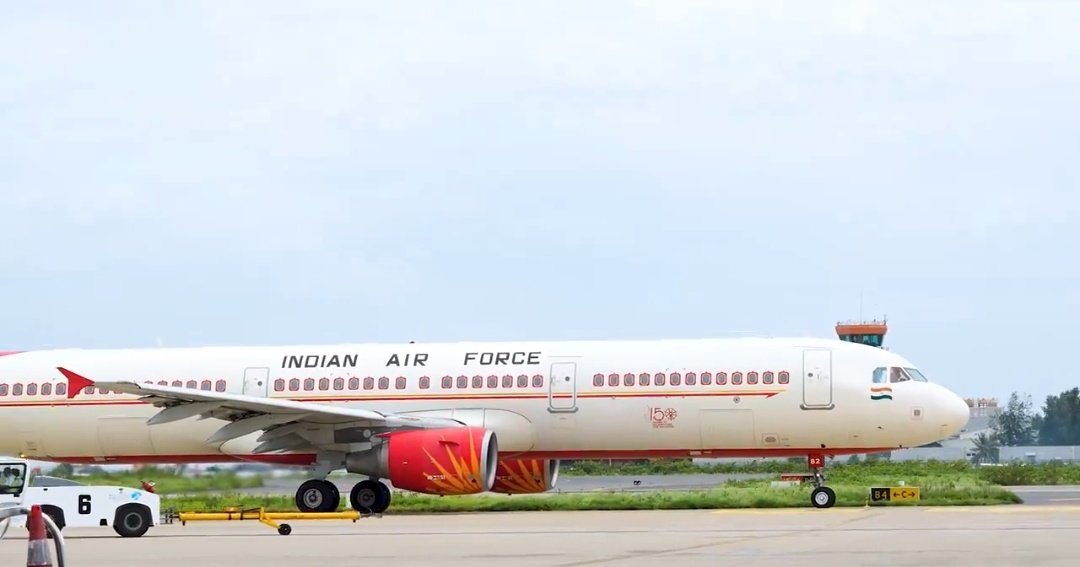
In a display of the strong diplomatic ties between India and the Maldives, newly elected President Mohamed Muizzu arrived in India on an Indian Air Force (IAF) civilian airliner. The aircraft, an Airbus A321, notably retains the iconic Air India livery, highlighting an intriguing chapter in its history.
The Airbus A321, which carried President Muizzu to India, was once part of Air India’s fleet but was not sold to the Tata Group when they took over the national carrier. Instead, the aircraft was retained by the Ministry of Defence (MoD) to serve as a strategic asset for the IAF’s future Netra MkII Airborne Warning and Control System (AWACS) program.
Continue reading